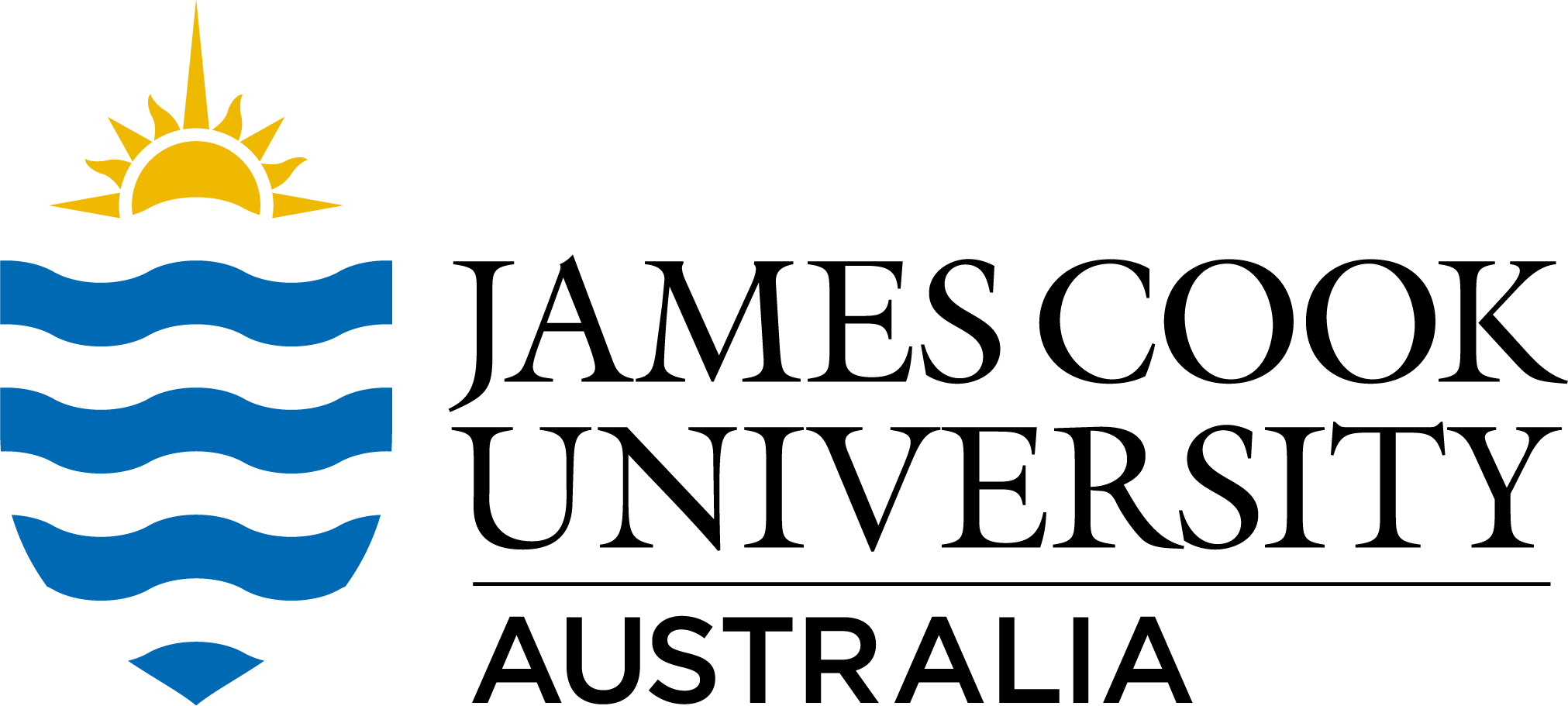Full description
This data respresents movement rates of crown-of-thorns starfish in captivity. To quantify mean and maximum rates of movement, individual A. solaris were placed into a large (5-m diameter) round tank. Three different substrate types were tested: i) a 5-cm thick layer of coarse (sediment-free) sand, which was collected from intertidal areas in inter-reefal back reef habitat; ii) a continuous layer of paving tiles which were coated in calcareous algae following extended deployment (up to 6 months) in reef environments before being air dried (reflective of consolidated carbonate pavement); and iii) coral rubble, mostly comprising an assortment of dead and air dried coral fragments (up to 10 x 10 x 5 cm) from experiments conducted at Lizard Island Research Station. All starfish were filmed from above and movement rates (cm/ second) were determined for all possible 15-second intervals for each starfish.
The full methodology is available in the Open Access publication from the Related Publications link below.
Created: 2017-07-25
text: Acanthaster solaris were collected at Lizard Island (14o40’S, 145o27’E) and surrounding reefs (mainly Eyrie Reef) in the northern Great Barrier Reef (GBR), Australia
User Contributed Tags
Login to tag this record with meaningful keywords to make it easier to discover
- DOI : 10.4225/28/5976DD643FFF8

- Local : researchdata.jcu.edu.au//published/53d7bc389d2f928c79954c6b5caf3447
- Local : c5d321dbc7f857b5a7c3ccf2111f5119


